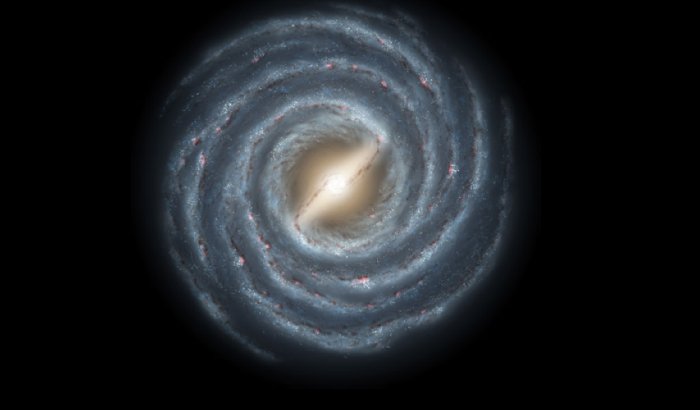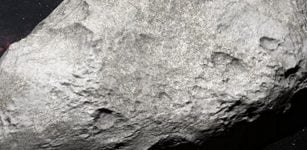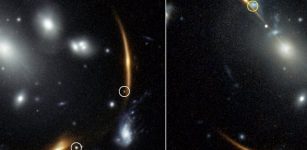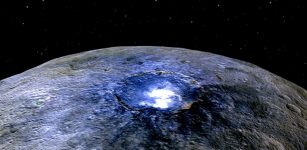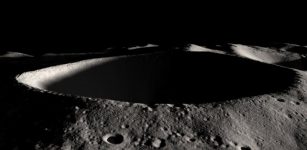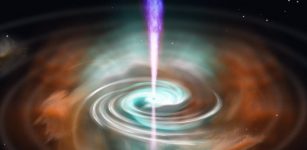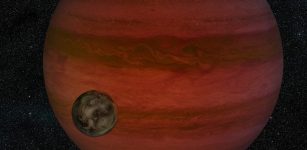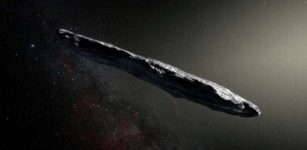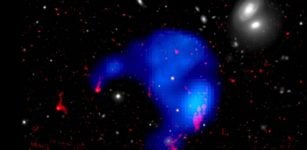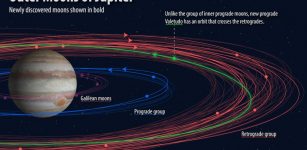Naked-Eye Star ν Indi Involved In Age Dating Of Milky Way Merger
Eddie Gonzales Jr. – MessageToEagle.com – For the first time, astronomers from the Max Planck Institute for Solar System Research (MPS) in Germany and other universities used a single star involved in a large celestial collision between the dwarf galaxy Gaia-Enceladus and the Milky Way.
The incident took place approximately 11.5 billion years ago.
Led by Prof. Dr. Bill Chaplin from the University of Birmingham and using observational data from ground-based observatories and space telescopes, the team determined the age of the star and the role it played in the collision.
The colliding and merging of galaxies is not a rare incident. The Milky Way has encountered several other galaxies in its 13.5 billion-year history. One of them is the dwarf galaxy Gaia-Enceladus. To understand how this event affected our galaxy and changed it permanently, it is important to reliably date the collision. In this case, the researchers turned their attention to ν Indi, a single star located in the constellation Indus.
This star has brightness comparable to that of Uranus, and it is visible even to the naked eye and can be easily studied in detail.
“The space telescope TESS collected data from? Indi already in its first month of scientific operation,” Dr. Saskia Hekker, head of the research group “Stellar Ages and Galactic Evolution (SAGE)” at MPS and co-author of the new study, said in a press release.
The space telescope was launched in 2018 to perform a full-sky survey and characterize as many stars as possible.
“The data from TESS allow us to determine the age of the star very accurately,” Hekker added.
Using HARPS (High Accuracy Radial velocity Planet Searcher) and FEROS (Fiber-fed Extended Range Optical Spectrograph) of the European Southern Observatory, the Galaxy Evolution Experiment of the Apache Point Observatory in New Mexico, and ESA’s Gaia Space Telescope, the researchers could specify both the chemical composition of the star and its movement within the galaxy with great precision.
“Since the motion of ν Indi was affected by the collision, it must have taken place when the star was already formed,” Chaplin explains. The age of the star, therefore, puts a constraint on the time of the collision.
The calculations carried out by MPS researchers and other research groups showed that with a probability of 95 percent the galaxy merger must have occurred 13.2 billion years ago. With a probability of 68 percent, the collision took place approximately 11.5 billion years ago.
“This chronological classification not only helps us to understand how the collision changed our galaxy,” says Hekker. “It also gives us a sense, of how collisions and mergers impacted other galaxies and influenced their evolution.”
Written by Eddie Gonzales Jr. – MessageToEagle.com Staff

